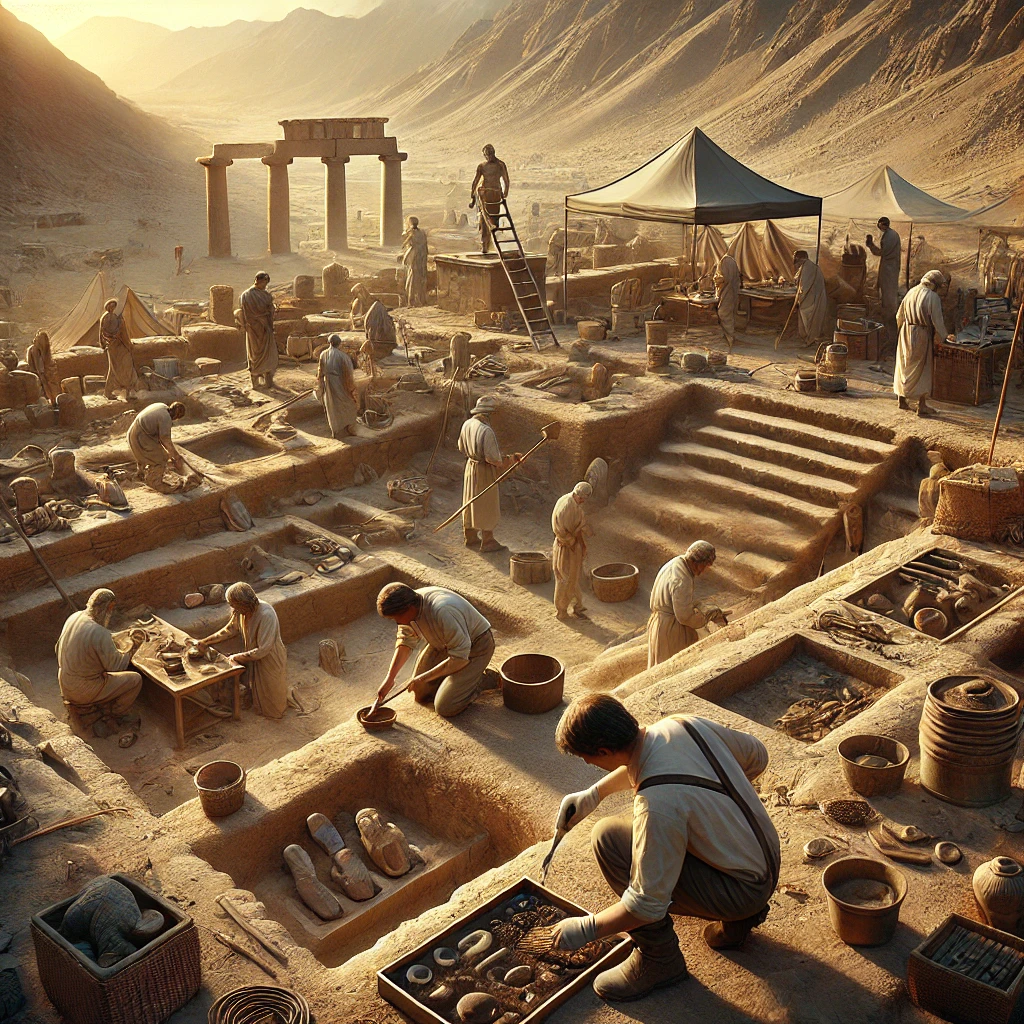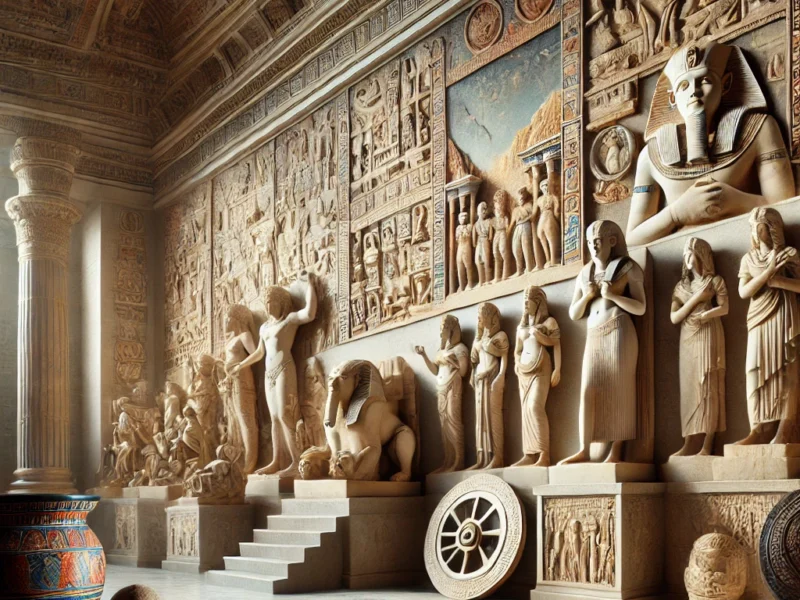Cultural Resource Management (CRM) is a critical field that combines archaeology, history, and anthropology to preserve cultural heritage. In a world where development projects are constantly expanding, CRM ensures that significant cultural and historical sites are identified, protected, and preserved. This blog post will delve into the intricacies of CRM, its relevance, and its significance in today’s rapidly changing landscape.
What is Cultural Resource Management?
At its core, Cultural Resource Management is the practice of managing, preserving, and protecting cultural resources. These resources can include historic buildings, artifacts, landscapes, and even intangible heritage like languages or traditions. CRM is often implemented during construction projects, where archaeologists and historians evaluate a site to ensure that valuable cultural elements are not destroyed in the process.
The Importance of CRM in Modern Development:
As cities grow and infrastructure projects proliferate, there is a risk that cultural landmarks may be lost. CRM plays a crucial role in balancing development with preservation. Governments and private companies alike are required to conduct cultural resource assessments before proceeding with large-scale developments. This ensures that the heritage of local communities is not inadvertently erased in the name of progress.
Legal Framework for Cultural Resource Management:
CRM is not just about good intentions; it is supported by a robust legal framework. In many countries, laws mandate CRM assessments as part of environmental and developmental impact studies. In the United States, for example, the National Historic Preservation Act (NHPA) and the National Environmental Policy Act (NEPA) require a thorough assessment of historical sites before any construction. Similar regulations exist in other countries, making CRM a global practice.
The Role of Archaeologists in CRM:
Archaeologists are at the forefront of CRM efforts. They conduct site surveys, excavations, and assessments to identify any cultural resources that might be present. If they find artifacts, buildings, or other significant items, they collaborate with developers and government agencies to protect or relocate these resources. Their work ensures that we do not lose touch with our history, even as we build for the future.
Public Involvement in CRM:
One of the key principles of CRM is public involvement. Communities are often invited to participate in the preservation of their cultural heritage. This might involve educational programs, public archaeology projects, or consultation processes where local residents can express their concerns about potential developments. Engaging the public ensures that CRM is not just a top-down process but one that involves those who have a direct connection to the cultural resources being managed.
Challenges in Cultural Resource Management:
Despite its importance, CRM faces several challenges. One of the most significant is the conflict between development and preservation. Developers are often under pressure to complete projects quickly, which can lead to tensions when significant cultural sites are discovered. Moreover, funding for CRM can be limited, especially in developing countries, making it difficult to implement thorough preservation efforts. These challenges require innovative solutions, such as integrating CRM more effectively into the planning stages of development projects.
The Future of Cultural Resource Management:
As technology advances, so too does CRM. Geographic Information Systems (GIS), drones, and 3D modeling are being used to map and assess sites more efficiently. These technologies allow archaeologists and historians to work more quickly while still maintaining a high level of accuracy. Additionally, there is growing recognition of the need to preserve intangible cultural heritage, such as languages, traditions, and rituals, which are just as important as physical artifacts.
CRM and Sustainable Development:
Sustainable development is another key area where CRM is making an impact. By ensuring that cultural resources are protected, CRM supports sustainable development goals that focus on preserving the environment, promoting social inclusion, and fostering economic growth. Cultural heritage is an integral part of communities, and its preservation contributes to long-term sustainability.
Case Study: CRM in Action:
One of the most notable examples of successful CRM is the preservation of the ancient city of Pompeii. The site, which was buried by a volcanic eruption in AD 79, is one of the world’s most famous archaeological sites. Extensive CRM efforts have been made to preserve the city, allowing future generations to learn from this important cultural landmark. Similar efforts can be seen worldwide, where CRM has successfully preserved heritage sites amidst modern development.
Conclusion:
Cultural Resource Management is essential for preserving the past while allowing for progress. By balancing the needs of development with the preservation of cultural heritage, CRM ensures that we do not lose touch with our history. Through legal frameworks, public involvement, and innovative technologies, CRM continues to evolve, playing a critical role in shaping the future of cultural heritage preservation.



